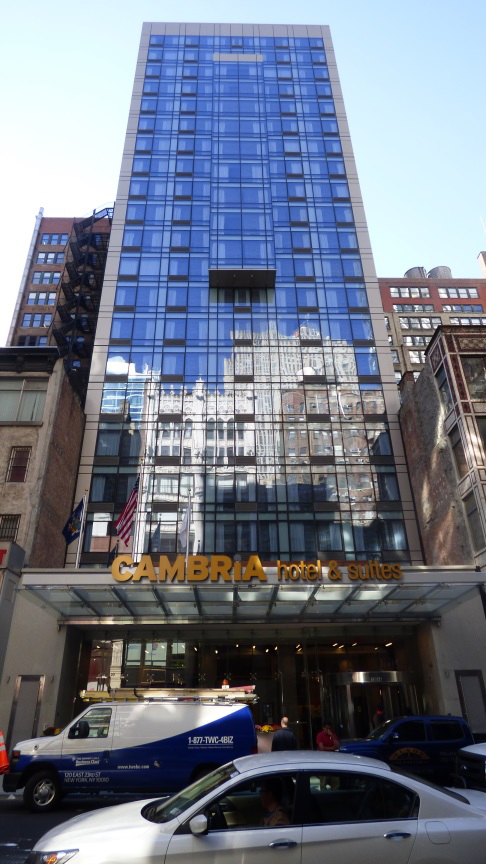News:
Green Buildings
Posted: April 25, 2011
Neil Gordon: Daylighting: The good, the bad and the remedy
Daylighting works through redirecting natural light to reduce artificial lighting. A common strategy for harvesting this daylight is to redirect the light into areas where illuminance levels are supported with artificial light. For example, a light shelf can be installed along the upper portion of the glazing to catch and bounce the incident sun rays and direct them father into the space.
However, using the daylight to accomplish this requires dynamic control over the solar energy entering the building for two reasons, the total solar energy transmitted to a typical window can exceed 1,300 watts per square meter and direct unfiltered sunlight is too bright for typical office interiors. The illuminance or intensity of the incident light, is measured in lux. Illuminance levels required for office work lie between 250 and 1,000 lux, with 500 lux being the generally preferred amount. Direct sunlight can produce illuminance levels of over 100,000 lux, far exceeding a comfortable amount.
Glare control and heat reflectance are the most common failures in daylighting strategies. Daylighting can produce unwanted glare and put a strain on cooling systems. One way to successfully control glare and reduce the heat is through window coverings, in particular, solar shading systems.
Neil Gordon is the owner of Decorating with Fabric, New York, N.Y.
Tags:
Green Buildings
MORE FROM Green Buildings
IREON Insights: DURA Architectural Signage manufactures and delivers over one million signs
Long Island City, NY Since its founding in 1955, IREON member DURA Architectural Signage has proudly manufactured and delivered more than one million signs to clients across a wide range of industries. From architectural interior signage to large-scale exterior installations, their work can be seen in corporate

Quick Hits







.gif)


.jpg)
.gif)